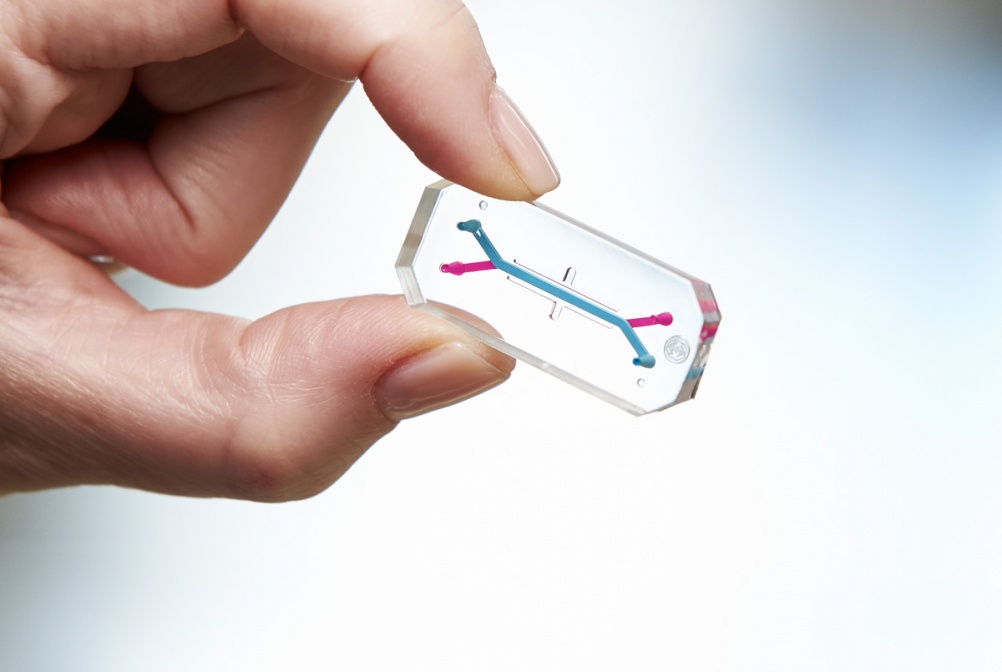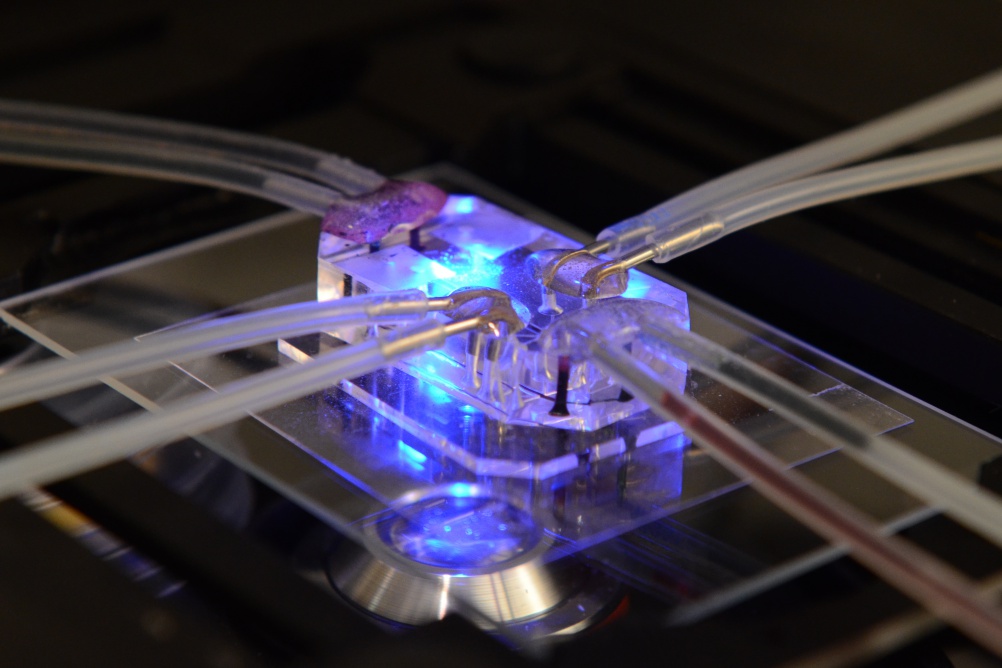Human organs on microchips – the best design of 2015
BESbswyBESbswyBESbswyBESbswyBESbswyBESbswyBESbswyBESbswyBESbswyBESbswyBESbswyBESbswyBESbswyBESbswyBESbswyBESbswyBESbswyBESbswy
A Harvard project to created microchips that can mimic human organs has won the Design Museum’s Design of the Year Award.

A project to develop microchips that can mimic human organs has won the Design Museum’s Design of the Year Awards for 2015.
The Human Organs-on-Chips project has been designed by Donald Ingber and Dongeun Huh and Harvard University’s Wyss Institute.
The Organs-on-Chips are microdevices lined with living human cells that can mimic human organs. The Chips are the size of a computer memory stick and contain hollow organs that can be lined with living cells.
The team has also created an instrument to automate the Organs-on-Chips and link them together by a flowing medium that mimics blood to create a “Human-Body-on-Chips”.

An alternative to animal testing
The designers say the artificial organs could be used for drug, chemical or cosmetic testing – instead of traditional animal testing. They could also be used to develop personalised therapies if they were lined by patient-derived cells.
The development team says: “These devices produce levels of tissue and organ functionality not possible with conventional culture systems, while permitting real-time analysis of biochemical, genetic and metabolic activities within individual cells.”
The Organs-on-Chips team first developed a “lung-on-a-chip” in 2010, with a report on the development published in the journal science.
Since then, the team has created more than ten different Organs-on-Chips models, mimicking the liver, gut, kidney and bone marrow.
Last year, members of the development team set up private company Emulate Inc, which has received investment cash to further develop the technology, which it refers to as “human emulation”.
“A really big idea – one of those questions of the future”
Organs-on-Chips team leader Ingber, who is also founding director of the Wyss Institute, says: “We took a game-changing advance in microengineering made in our academic lab, and in just a handful of years turned it into a technology that is now poised to have a major impact on society.”
Artist Anish Kapoor, who chaired the Designs of the Year jury, says: “A really big idea, it incorporates technology and design to eliminate the problem of having to use animals to test a product. It feels like one of those questions of the future.”
Museum of Modern Art senior curator Paola Antonelli, who nominated Organs-on-Chips for the Design Museum award, says: “Removing some of the pitfalls of human and animal testing means, theoretically, that drug trials could be conducted faster and their viable results disseminated more quickly.
“This is the epitome of design innovation – elegantly beautiful form, arresting concept and pioneering application.”
Saw off more than 70 nominated designs
The Organs-on-Chips project was chosen as the Designs of the Year winner from 76 nominated designs.
It saw off shortlisted category award winners which included Inglorious Fruits and Vegetables, by Marcel for Intermarché, and the Google self-driving car.
BESbswyBESbswyBESbswyBESbswyBESbswyBESbswyBESbswyBESbswyBESbswyBESbswyBESbswyBESbswyBESbswyBESbswyBESbswyBESbswyBESbswyBESbswy
The winner and the nominated designs are all currently on display as part of an exhibition at the Design Museum that will run until 31 March 2016.
-
Post a comment




